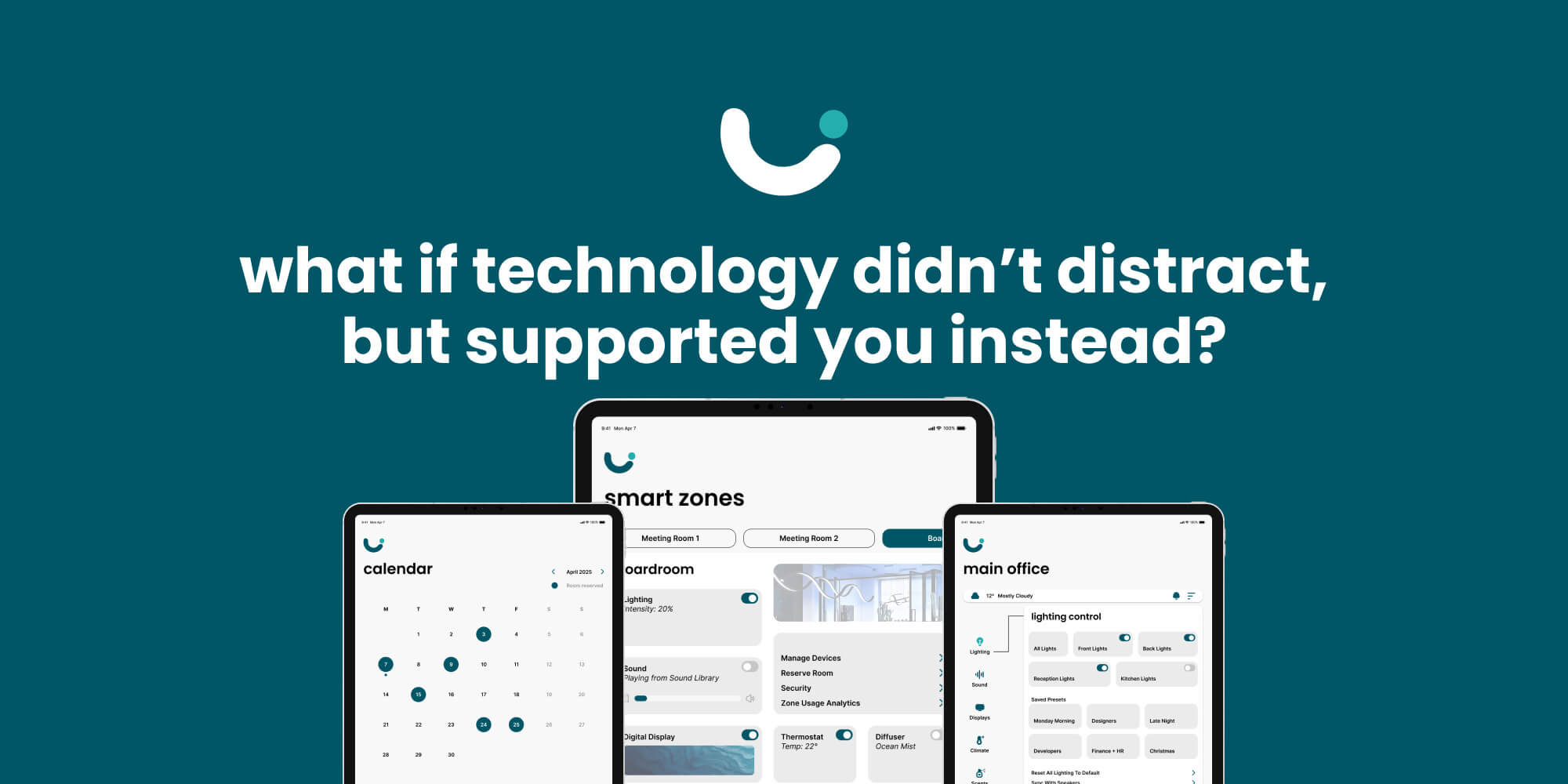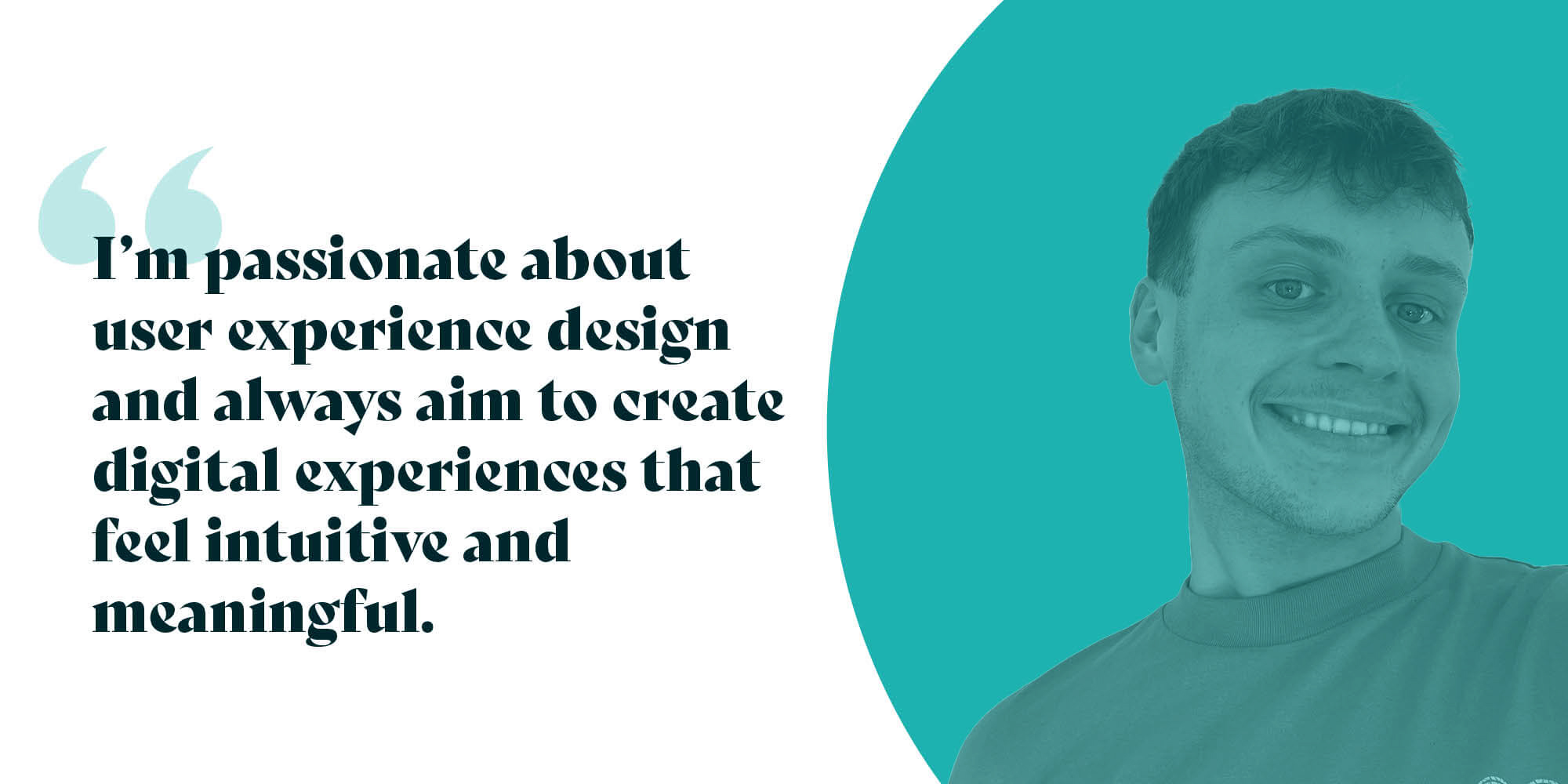

Hi, I’m Ewan - a UX designer with a passion for crafting clean, user-focused digital experiences. I’ve recently completed a four-year degree in Interaction Design, which has been a journey that’s allowed me to develop a strong foundation in design thinking, creative problem-solving, and building digital products that put people first.
During my placement year, I worked as a Marketing and Digital Design student at Gordons Chemists, where I was able to contribute to real-world campaigns and digital projects. This experience gave me valuable insight into working within a fast-paced environment, designing for a wide range of audiences, and balancing both marketing goals and user needs. Throughout my final year, I focused on refining my skills in UX, UI, and prototyping - taking projects from research and ideation through to fully functional, tested prototypes.
Outside of design, you’ll most likely find me out walking, on a road trip exploring new places, or watching a good movie with friends.
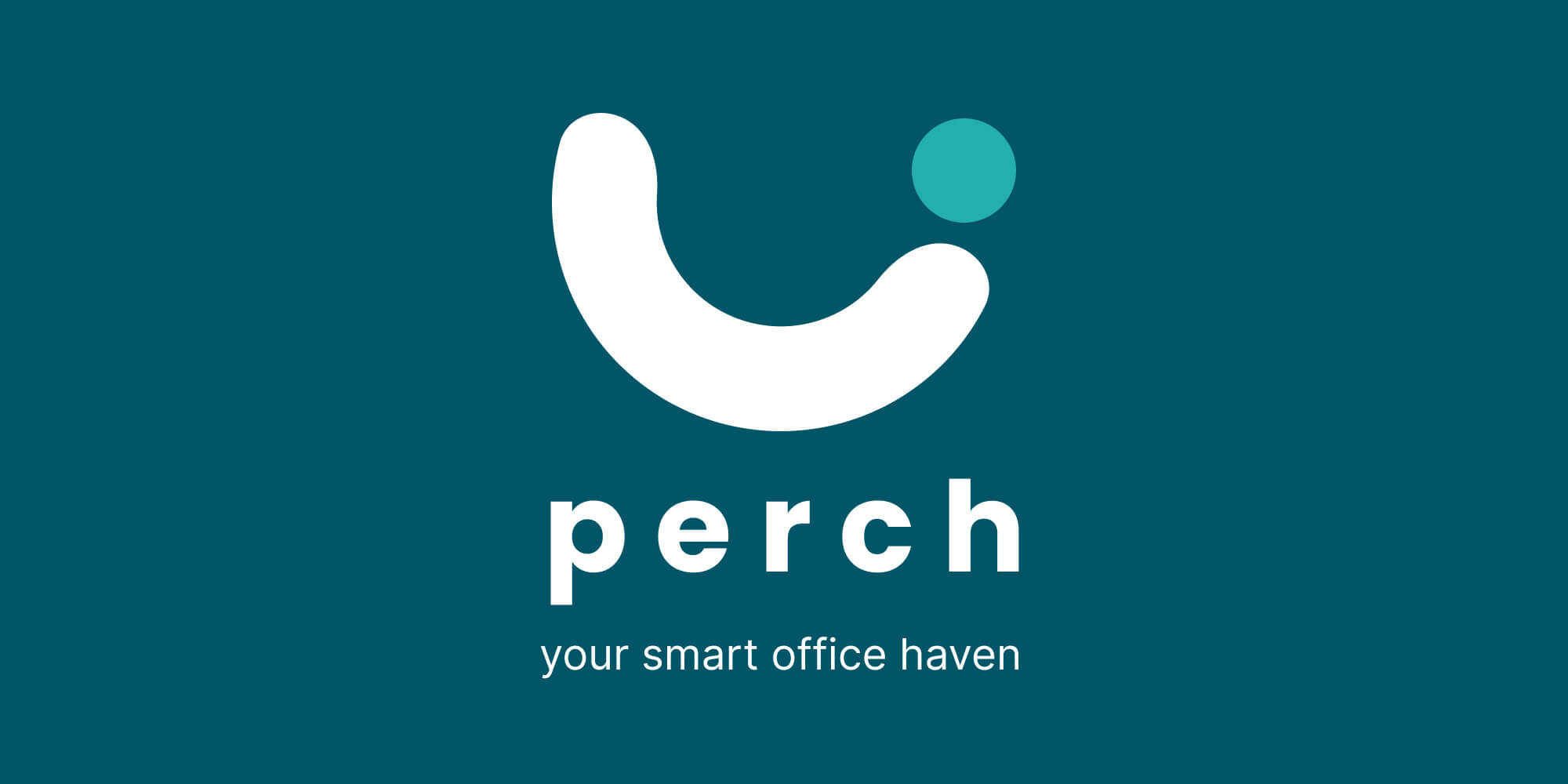
Perch is a smart office platform designed to redefine the modern workspace through seamless integration of intelligent technology. At its core, the platform aims to improve comfort, productivity, and well-being within shared work environments by giving users control over a range of smart technology - all from a single, intuitive control hub.
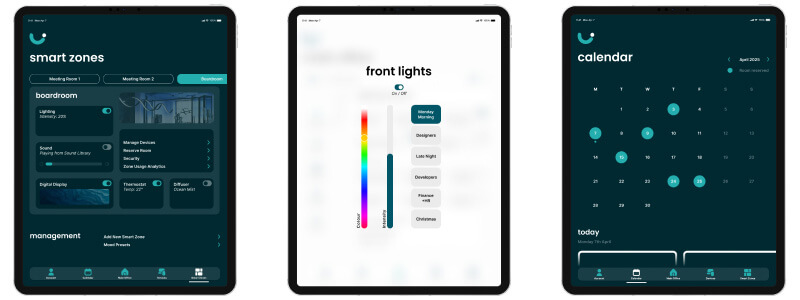
The inspiration for Perch came from my placement year, where I experienced first-hand how stressful an office environment can be. This got me thinking as to how I could embed relaxation and well-being into the physical environment, seamlessly and without interruption? The result was Perch – a system designed to intelligently respond to the needs of individuals and teams within office spaces, offering support during the working day through integrated technology.
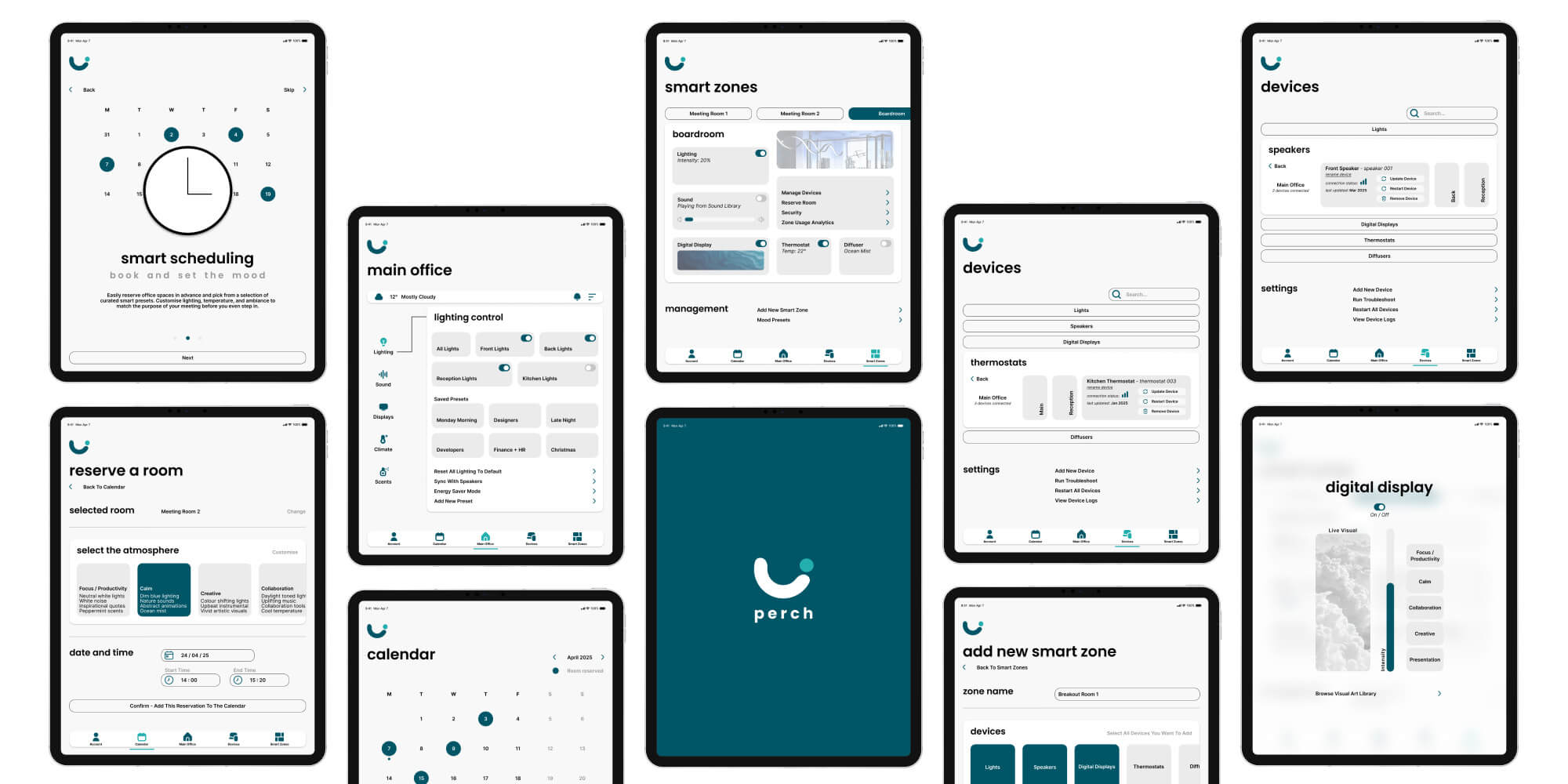
The development of Perch began with in-depth user research, including surveys aimed at understanding the needs, preferences, and challenges faced by employees regarding workplace wellness and stress management. The responses revealed a recurring need for more personal control, reduced stress, and seamless integration of technology that doesn’t feel disruptive. These insights shaped a set of user personas that, alongside competitor analysis on existing smart home and office systems, allowed me to build out a detailed user journey map for my platform.
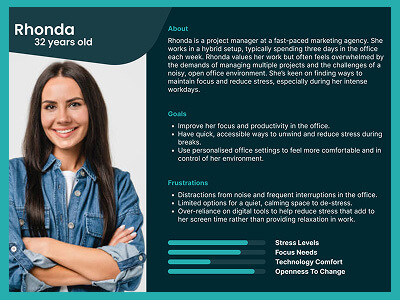

From this point I began sketching early concepts, which gradually evolved into wireframes and an interactive prototype in Figma. I moved fluidly between these stages, testing different ideas and incorporating new insights from research. Once the prototype reached a functional stage I conducted a user test. The feedback was instrumental in refining both the interface and the overall user flow, ensuring the final experience felt intuitive, responsive, and genuinely supportive in a busy office environment.
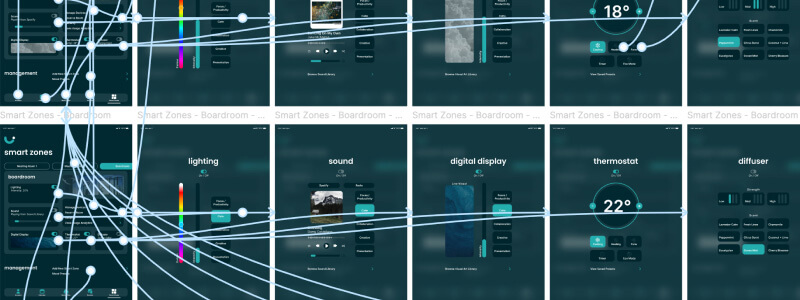
The prototype I developed showcases a central hub through which users can interact with their workspaces. Features include the ability to customise smart settings for the main office spaces and even smaller smart zones, such as meeting rooms or boardrooms. In addition to environmental control, users can also reserve rooms, create and set up new smart zones, and add or remove devices. The platform is aimed at office workers and shared office environments, with a particular focus on improving daily work experiences in subtle but effective ways.
